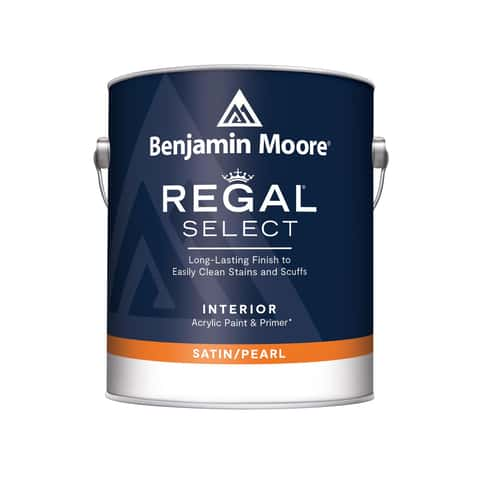
Selecting the right design and layout for a home is important because it will influence one’s daily life and happiness in one’s home over a long period.
Functionality is key
Make functionality your priority in making decisions. There ought to be efficient space utilization and flow through room transition in a well-designed floor plan. Think about the place of essential components such as the kitchen, bathrooms, and bedrooms. Remember to locate them in convenient locations to your schedule.
Aesthetic preferences
Functionality is essential, but aesthetics is also significant to home design. Consider your style and how you want to shape the surroundings. Today’s minimalist designs focus on clear lines and available spaces, whereas well-defined rooms with decorative accents can characterize the traditional design. Functionality and aesthetics must never collide.
Budget constraints
When selecting a Covington Homes floorplans and layouts, budget constraint is a practical issue. However, specific designs will necessitate more comprehensive architectural or construction changes and may cost more. You must choose cost-effective design options that fit your budget and align with your floor plan.
Perspectives for your home
It involves building a home that can last for a while and be adapted easily. Does the floor plan you select allow for further additions or changes? Why it is prudent to invest in a flexible floor plan.
Natural light and ventilation.
The floor plan should be well designed so that the windows enable good light and air circulation. Look at orienting your house and the position of windows. Make living space more spacious and comfortable with natural lighting and proper ventilation for an energy-efficient house.
Privacy and noise control
In an apartment, this is particularly important for people living in high-rise, multi-story buildings. Make sure to arrange bedrooms and communal areas in ways that minimize disruption. Keep a quiet life by using soundproofing techniques.
Energy efficiency
Energy efficiency is essential today, where environmental consciousness has become paramount. Pick designs that conserve energy by including features such as good insulation of walls, efficient heating and cooling systems, and environmentally friendly materials.
Accessibility and universal design.
Universal design principles must be considered if planning to age in place or accommodate people with limited mobility. Such floor plan includes wide doorways, step-free entranceways, and accessible toilets, allowing everyone to navigate your home easily.
Local building codes
Verify local building codes before finalizing your floor plan. Such standards could prescribe specific space specifications like room sizes, egress windows, or structural components. Select a design that satisfies all relevant codes.
Conclusion
Selecting an optimal floor plan and a perfect interior design involves many steps, such as considering your preferences, functioning, appearance, financial abilities, and long-term prospects.








